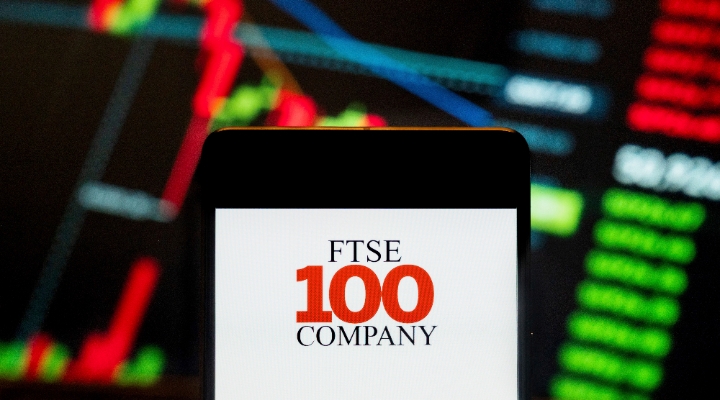Financial advisers have admitted to sacking investors with less than £50,000 in their portfolio. According to the annual Schroders Adviser Survey, a fifth of IFAs have formally asked clients to leave their practise up in the last year – an increase from one in eight last year. The vast majority who were sacked by their advisers had less than £50,000 to invest.
This worrying trend is ongoing – the fallout from last year’s implementation of the Retail Distribution Review (RDR). Half of the advisers surveyed admitted that they had segmented their client base by size or revenue, implying that only those with the largest amount of cash received the highest level of service. RDR was designed to make the financial advice market fairer and more transparent investors when introduced in January 2013. When the then Financial Services Authority announced original plans for the regulatory changes it was with the stated aim of making advice available and more understandable for a broader audience.
However, thanks to increased costs incurred by advisers on a per client basis, it has had the opposite effect, creating what is known as the ‘advice gap’. As nearly half of advisers charge fees based on a percentage of clients’ assets under management if the pot is too small the fee is also minimal to be commercially viable. This has led to the advice gap – the chasm between the number of people who seek financial advice and the services that are available to them.
Dan Kemp, head of Investment Consulting for Morningstar said that it was a trend he expected to continue.
“The effects of RDR are still reverberating around the investment industry. As advisers face increasing costs – and realisations about what that means for their businesses, I expect further investors with smaller portfolios will be dropped from their books,” he warned.
The Schroders Survey also revealed that an increasing number of financial advisers are outsourcing parts of the investment process, with 68% increasing the proportion of assets they outsource in the past year. Wealth managers have been the predominant beneficiary of this trend, with multi-manager funds, platform based solutions and ratings agencies also contributing.




























